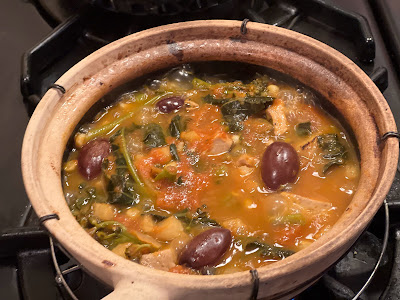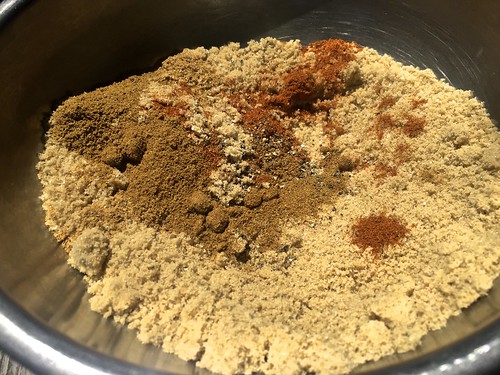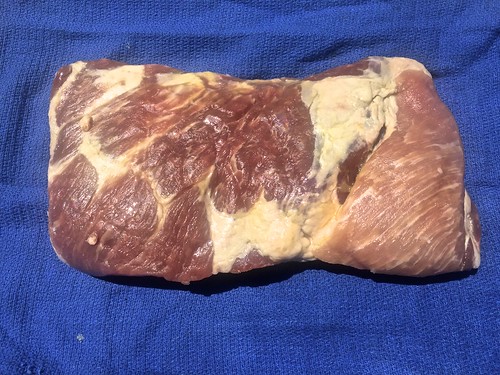Getting ready to travel to Italy next week, I remembered my last trip three years ago, a few weeks before the world changed and my overseas travel was limited to webinars and Instagram posts. In the fall of 2019, I visited Piedmont and Milan.
Walking one day in the courtyard of the Duomo, that wonderful cathedral in the heart of Milan, and the next day descending hand chiseled stairs that led down to an Infernot where farmers stored produce and later wine.
Before the discovery of the New World, Italian farmers in the Piedmont were digging deep into the sandstone underneath their homes in their own exploration of discovery, building rooms where men gathered to eat, talk and drink wine. All they lacked was air. Without a ventilation system, once the air was used up, the men rushed up those hand chiseled stairs before they passed out.
On that trip, I ate local cheeses, charcuterie, bagna cauda (an anchovy-garlic dip), spaghetti with clams, and so many dishes that made me very happy. When travel was not possible, I satisfied my "hunger" for all things Italian by cooking foods that reminded me of Italy. Last night I made pasta with Italian sausage, butter clams, vegetables and a touch of sweet butter.
For my wife, who doesn't eat meat, I used a Chinese clay pot to make braised tofu with vegetables, the Spanish spice pimeton and San Marzano tomatoes D.O.P. That brought together China, Spain and Italy in a one pot dish.
For myself, I use bone-in chicken thighs and legs instead of tofu. Where the recipe says tofu, substitute 2 chicken thighs and 2 chicken legs.
Hot Pot Braised Tofu with San Marzano Tomatoes, Vegetables, Olives and Noodles
The cans of San Marzano Tomatoes I was gifted (see at the end, below) had enough tomatoes and sauce for several dishes. What I didn't originally use, separating sauce from tomatoes, I froze in 6 oz and 8 oz containers. Because our sons are fully grown, I cook for two. Whenever I have too much of an ingredient, I place small containers in the freezer, available when I want to create a dinner or lunch.
The San Marzano Tomatoes and sauce froze and reheated with no loss of flavor.
Clay hot pots are available in Asian markets. Inexpensive, they require a bit of special care. Before using, each time, submerge the clay pot into clean water for 15 minutes. Purchase a wire trivet that you'll place on the stove-top burner. The clay pot goes on top of the wire trivet. Only use a low to medium flame to avoid stressing the clay. Allow the pot to cool before washing to avoid cracking.
If you can find only small clay pots, use two to prepare this dish.
Serves 4Time to prepare 15 minutes
Time to cook 45 minutes
Total time: 60 minutes
Ingredients
1 cup yellow onions, washed, peeled, roughly chopped
1 cup carrots, washed, ends removed, peeled, roughly chopped
1 cup daikon, washed, ends removed, peeled, roughly chopped
1/2 cup corn kernels, cut off the cob (when available)
1 cup broccolini or broccoli, stems roughly chopped, leaves whole and florets sliced into bite sized pieces
2 cups tofu, preferably firm and organic, washed, cut into bite sized pieces
1 cup San Marzano tomatoes D.O.P., roughly chopped
1/2 cup San Marzano tomato sauce, D.O.P.
2 cups homemade vegetable stock, if none available, use water
1 cup green or black olives, preferably olives with pits
1 pound noodles, dried or fresh
1/2 tablespoon pimeton
Sea salt and freshly ground black pepper to taste
Directions
Heat olive oil in hot pot over medium heat.
Saute onions until lightly browned.
Add tofu, lightly brown and stir well.
Add pimeton and stir well. Don't burn the spice.
Add carrots, daikon and corn. Stir after each ingredient is added.
Add broccolini or broccoli stems. Stir well and cook to soften.
Add broccoli or broccoli leaves. Sir well.
Add chopped tomatoes and tomato sauce, if frozen, no need to defrost.
Add vegetable stock, if frozen, no need to defrost. If stock unavailable, use water.
Add olives, cover and simmer 30 minutes.
While the tofu is braising, bring a pot of salted water to boil and cook noodles according to the package. 10 minutes if dried, 2-3 minutes if fresh. Drain and set aside.
Remove cover and add cooked noodles.
Stir well to mix together tofu, vegetables and noodles.
Serve hot in bowls.
Please send me recipes and photographs when you make your delicious dishes using Pomodoro San Marzano Dell'Agro Sarmese-Nocerino D.O.P. and I will submit your recipe to enter a contest to win a gift basket of these wonderful D.O.P. San Marzano tomatoes.









































